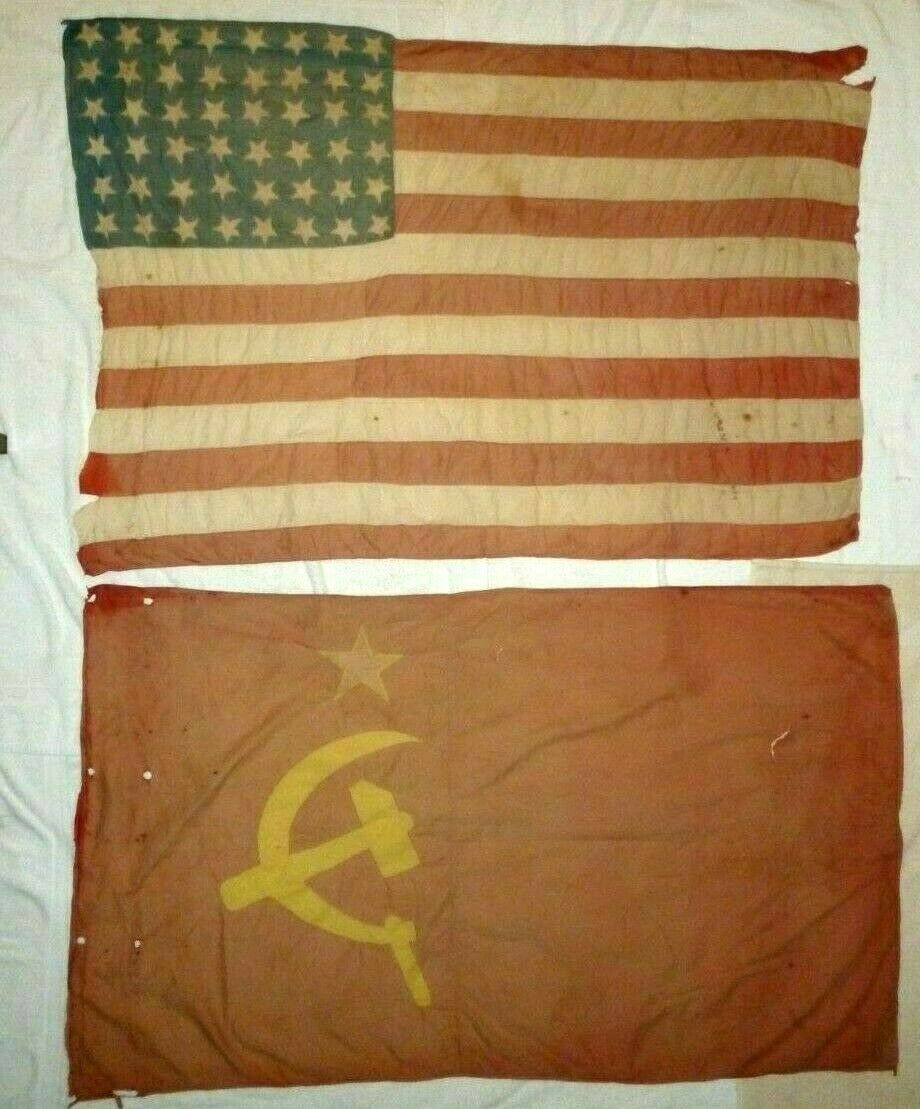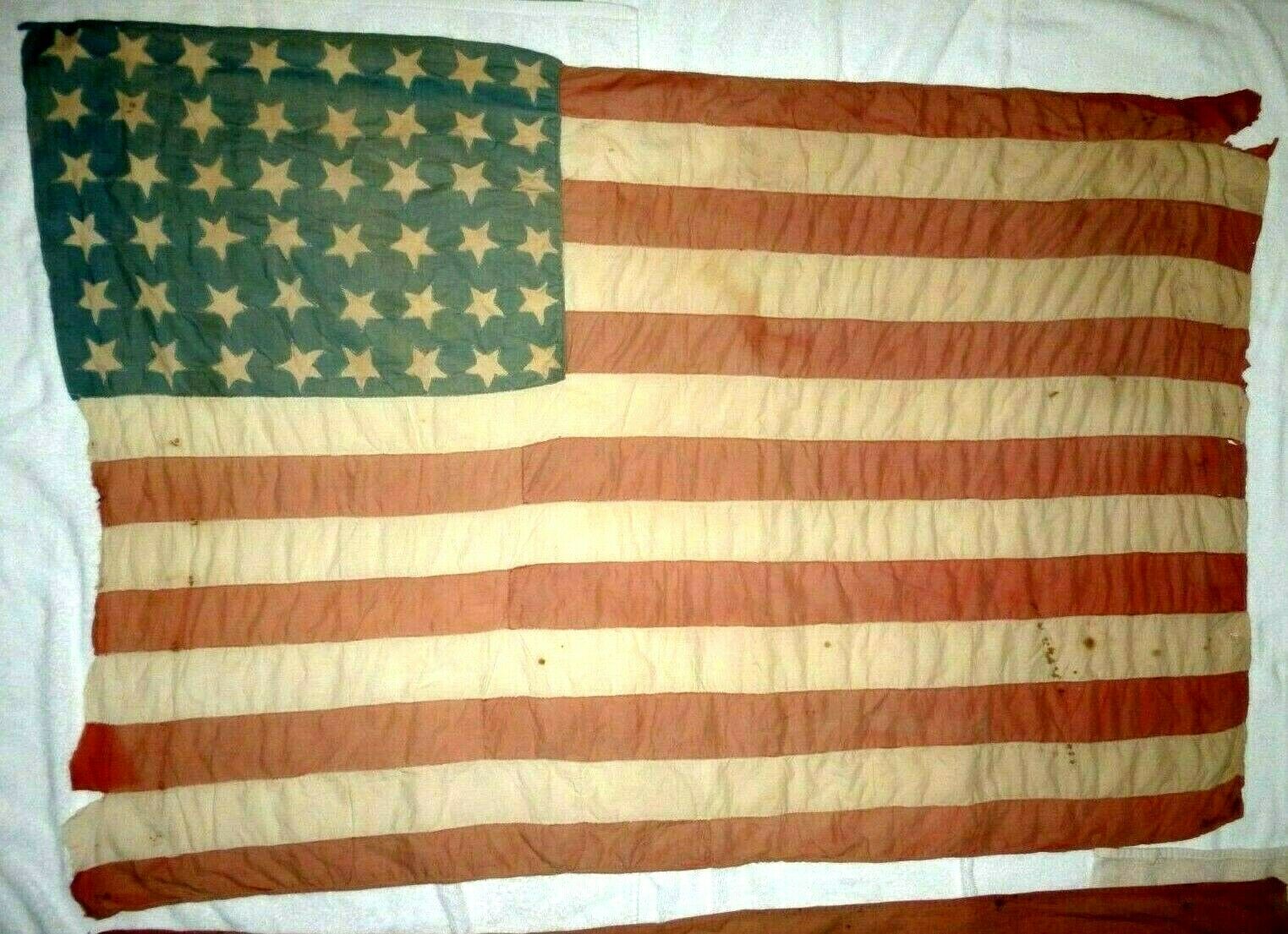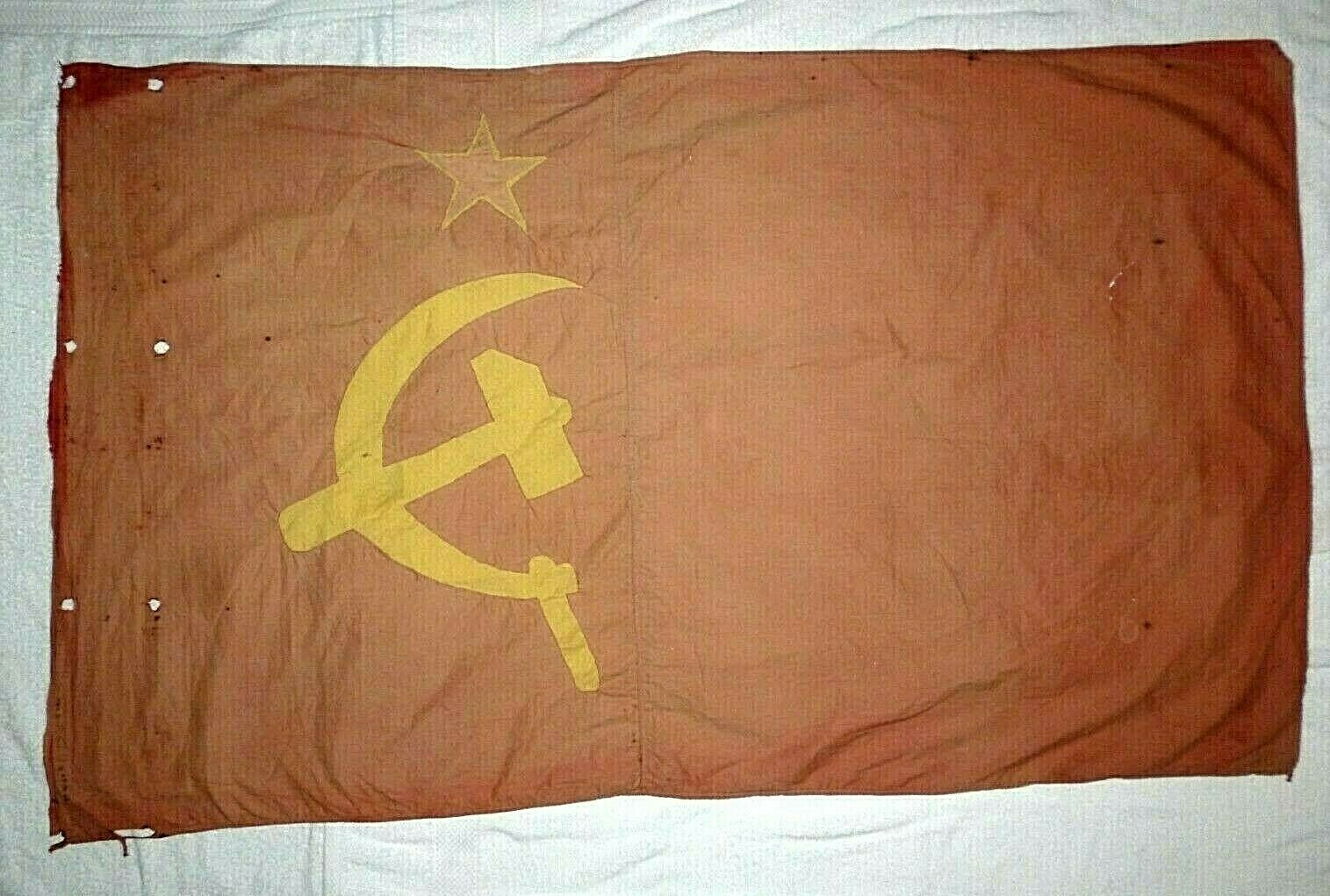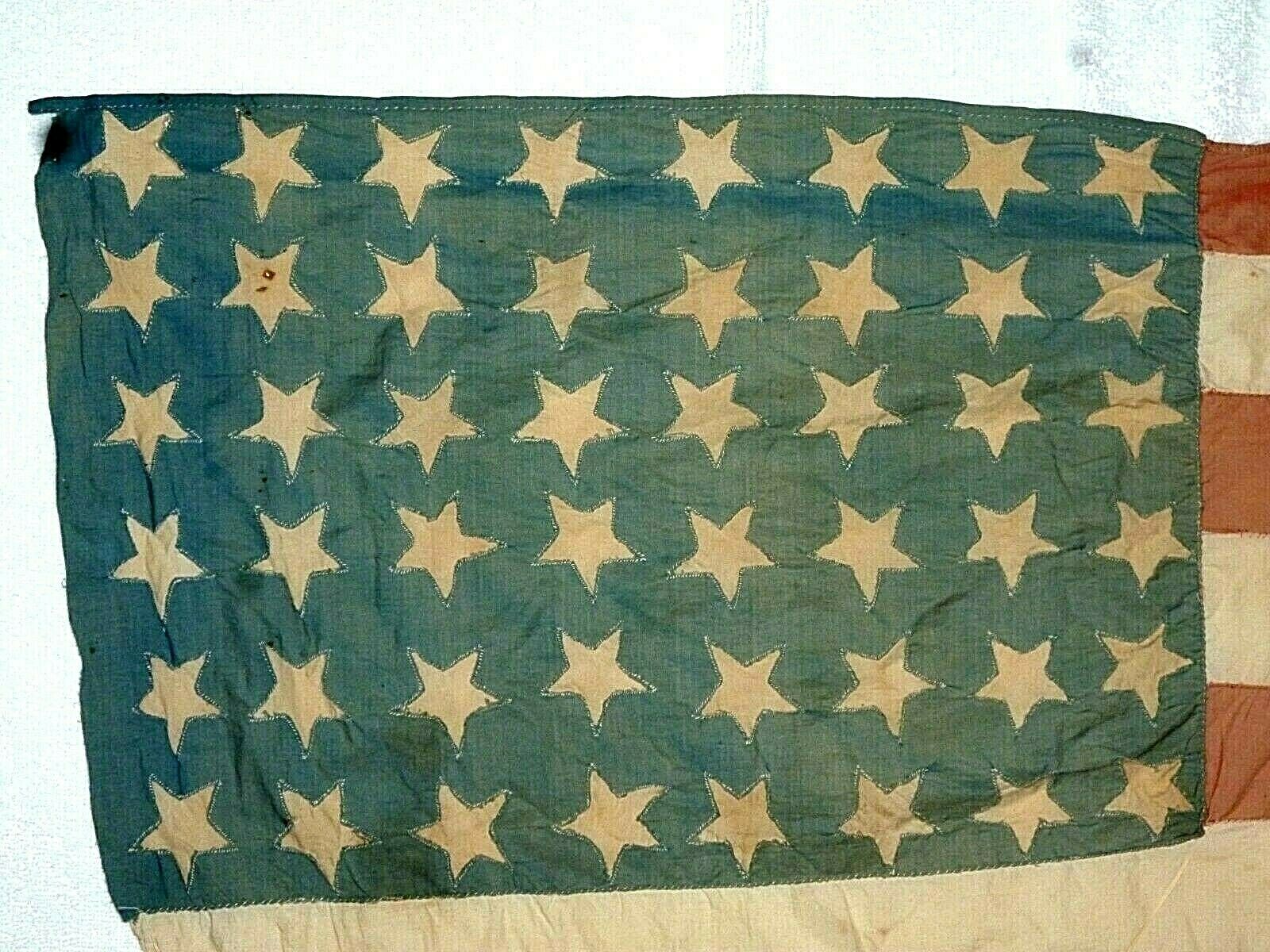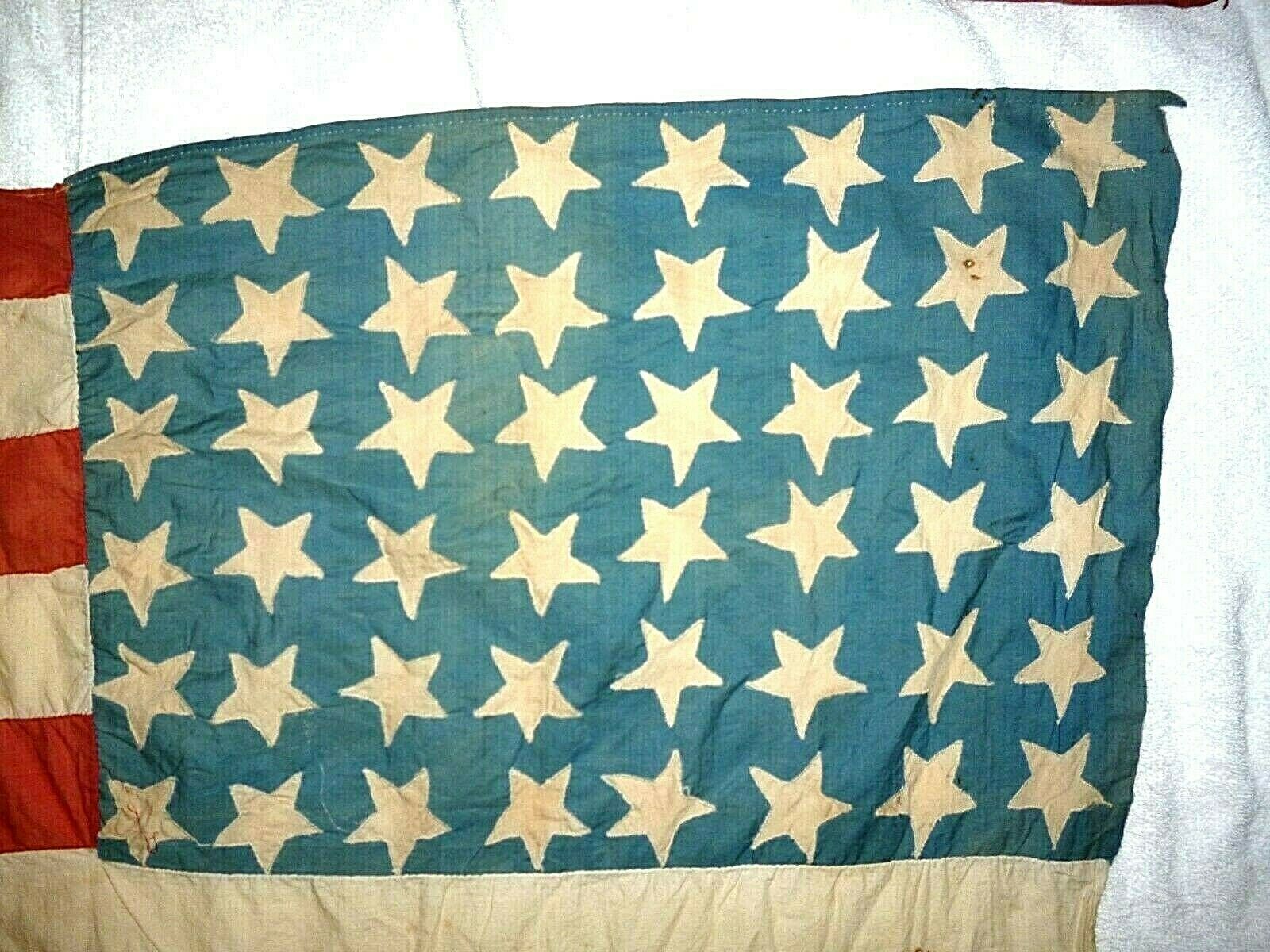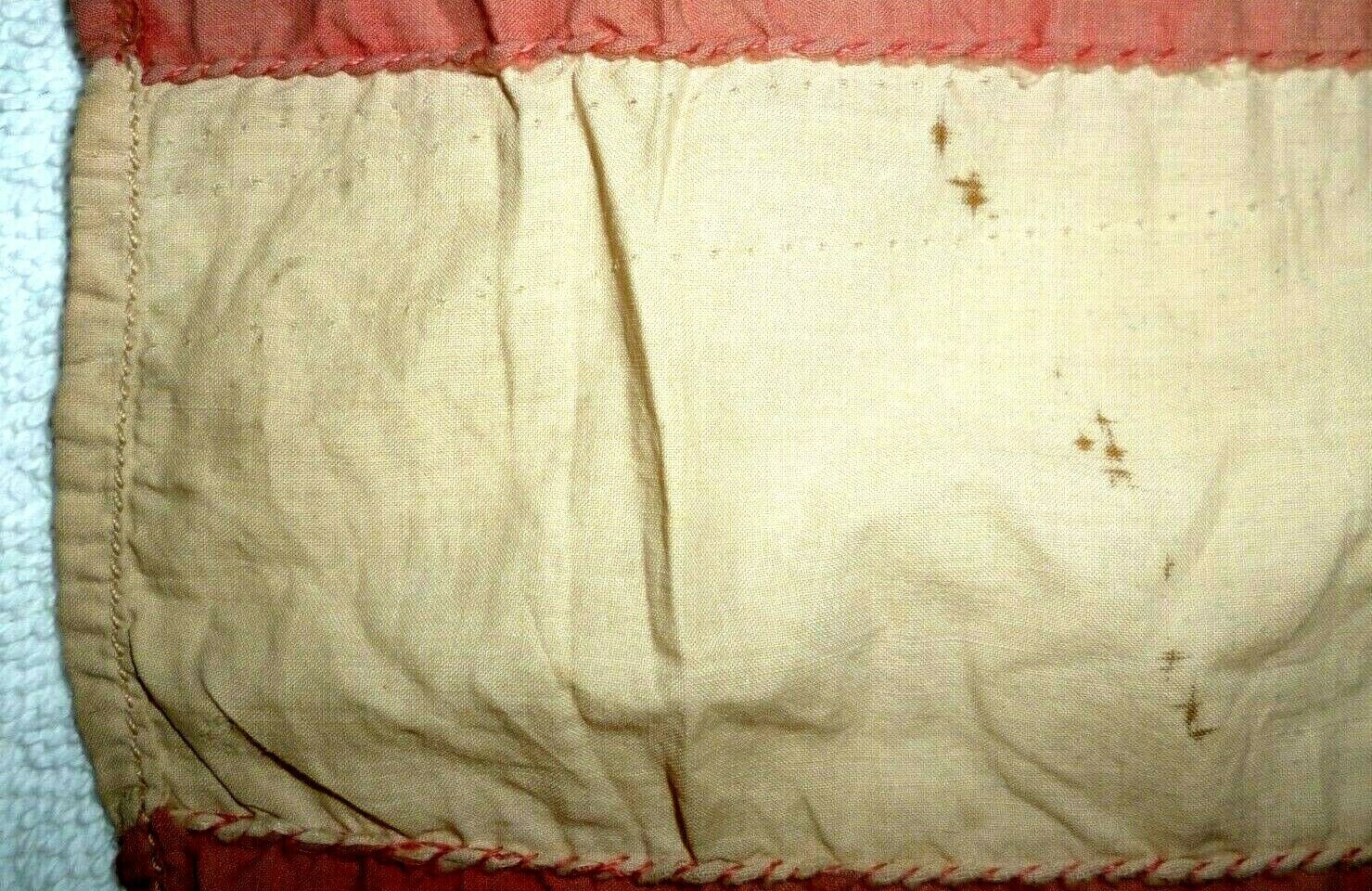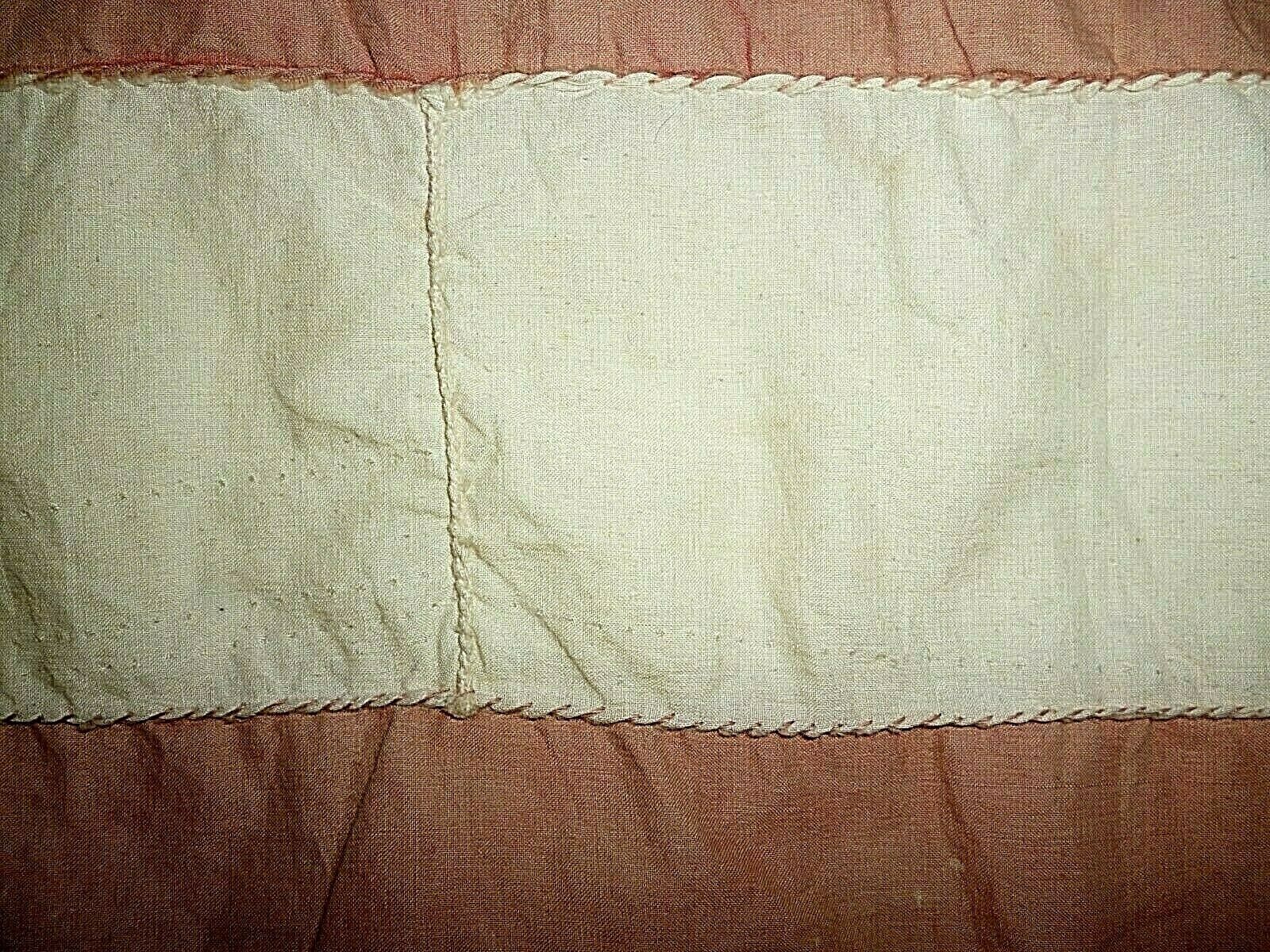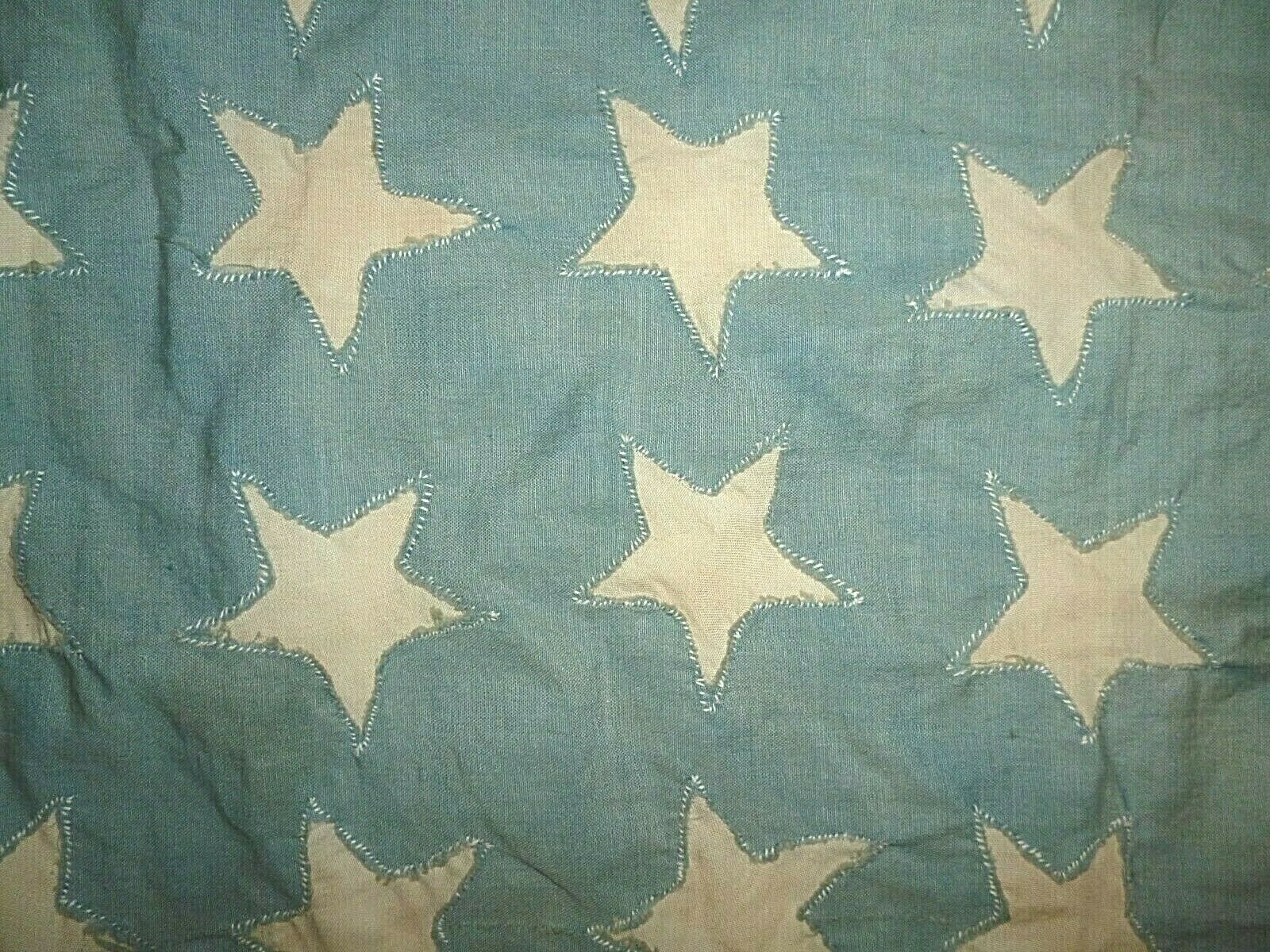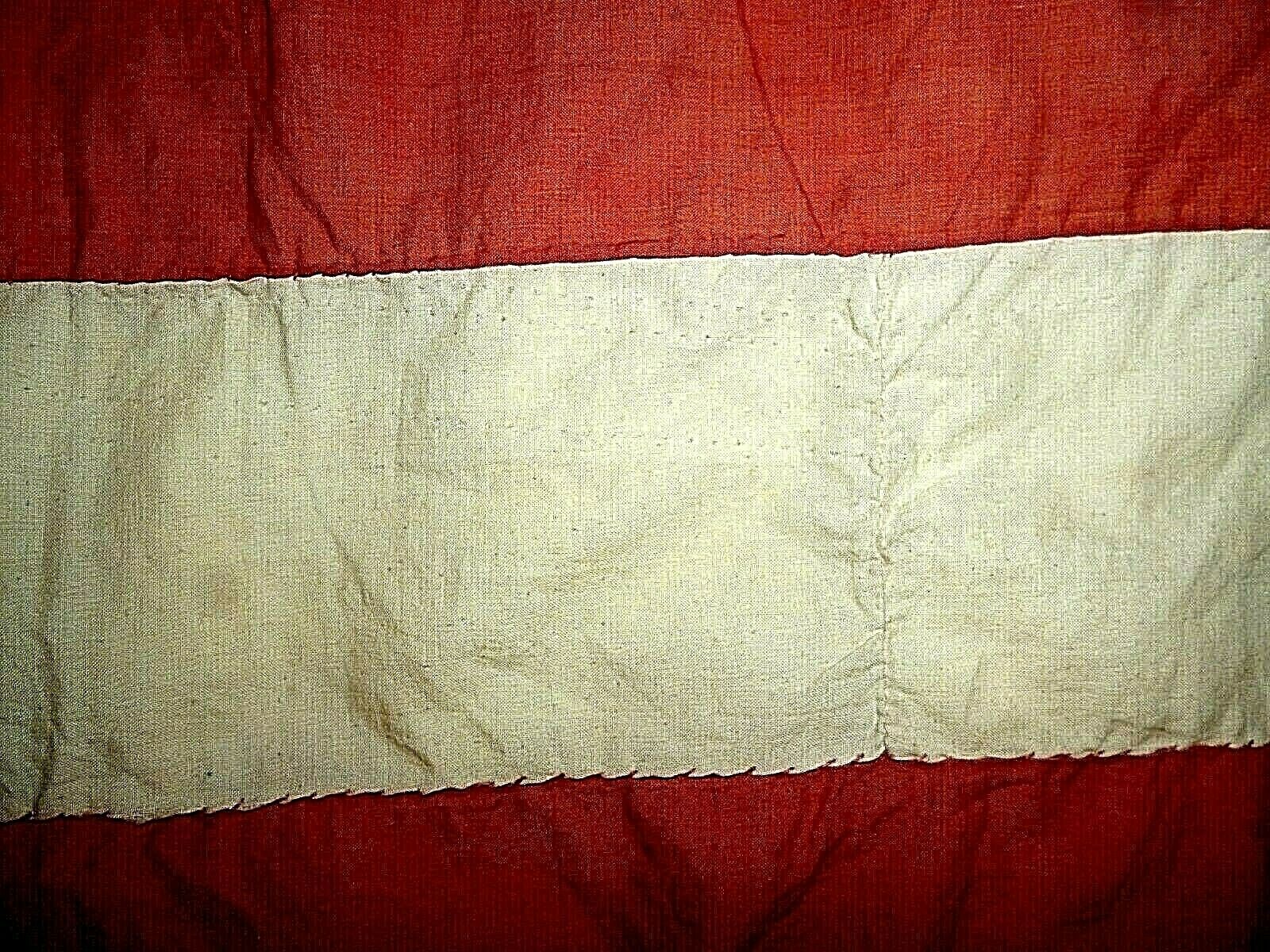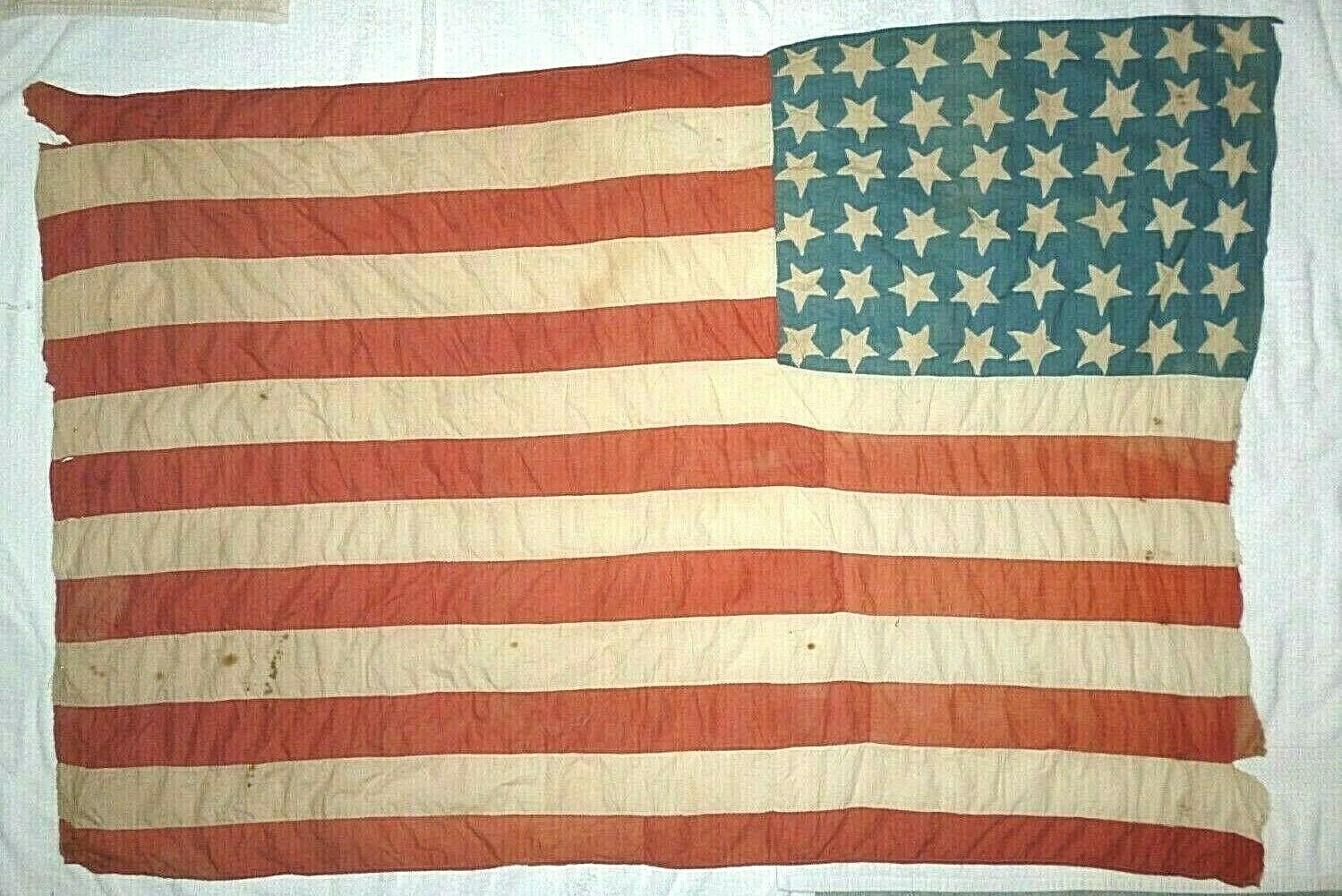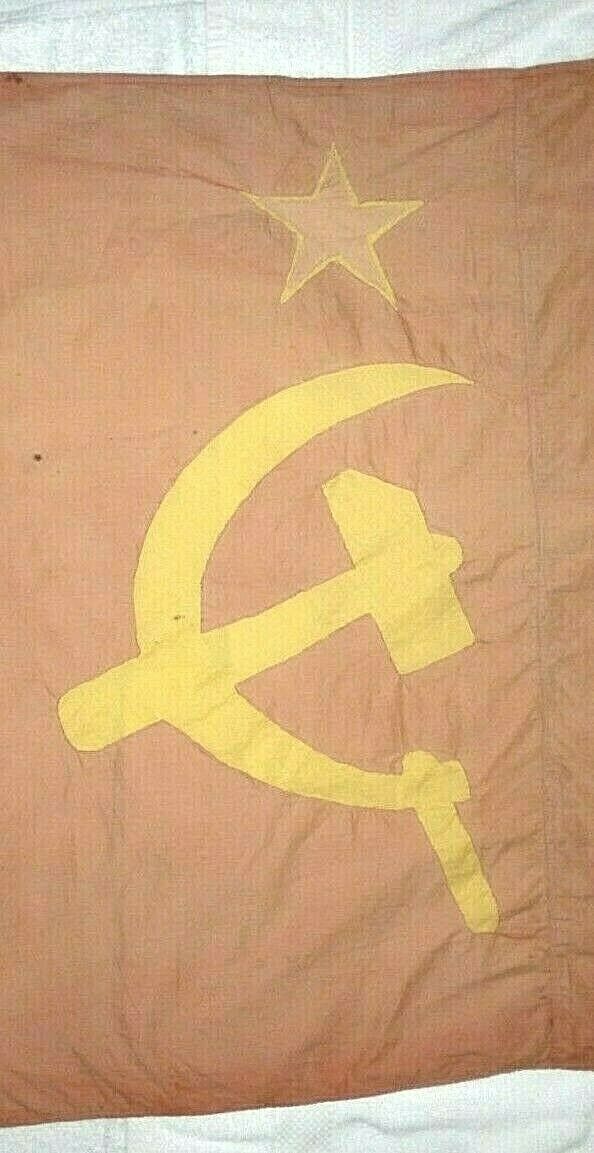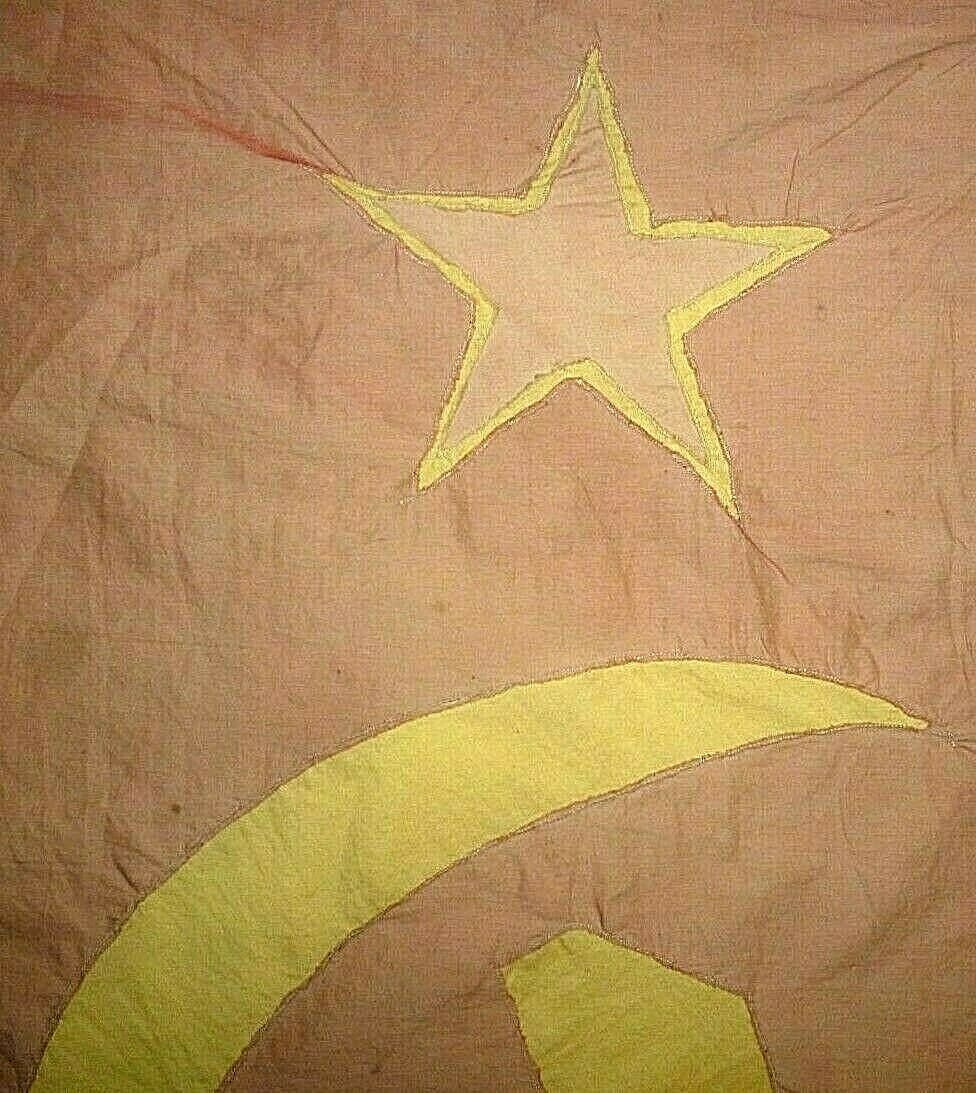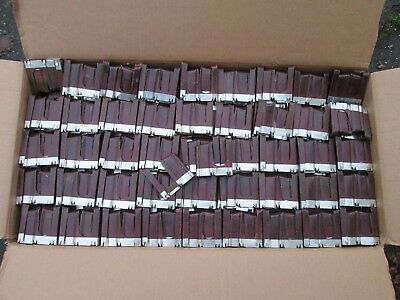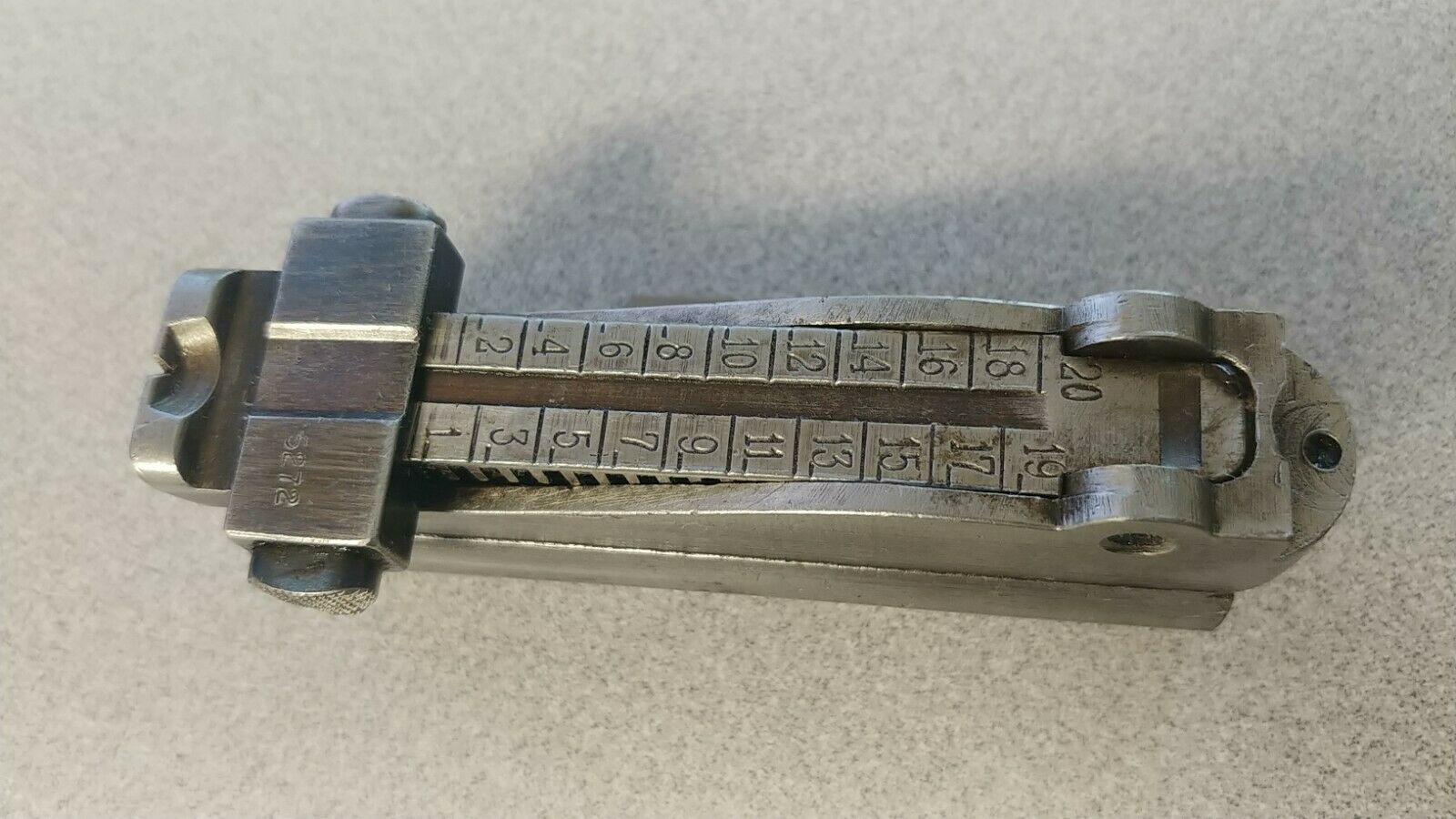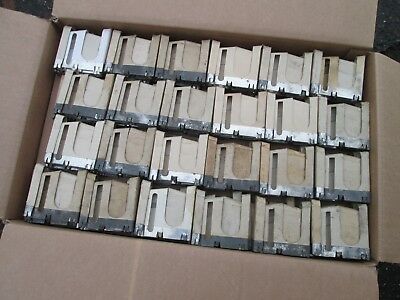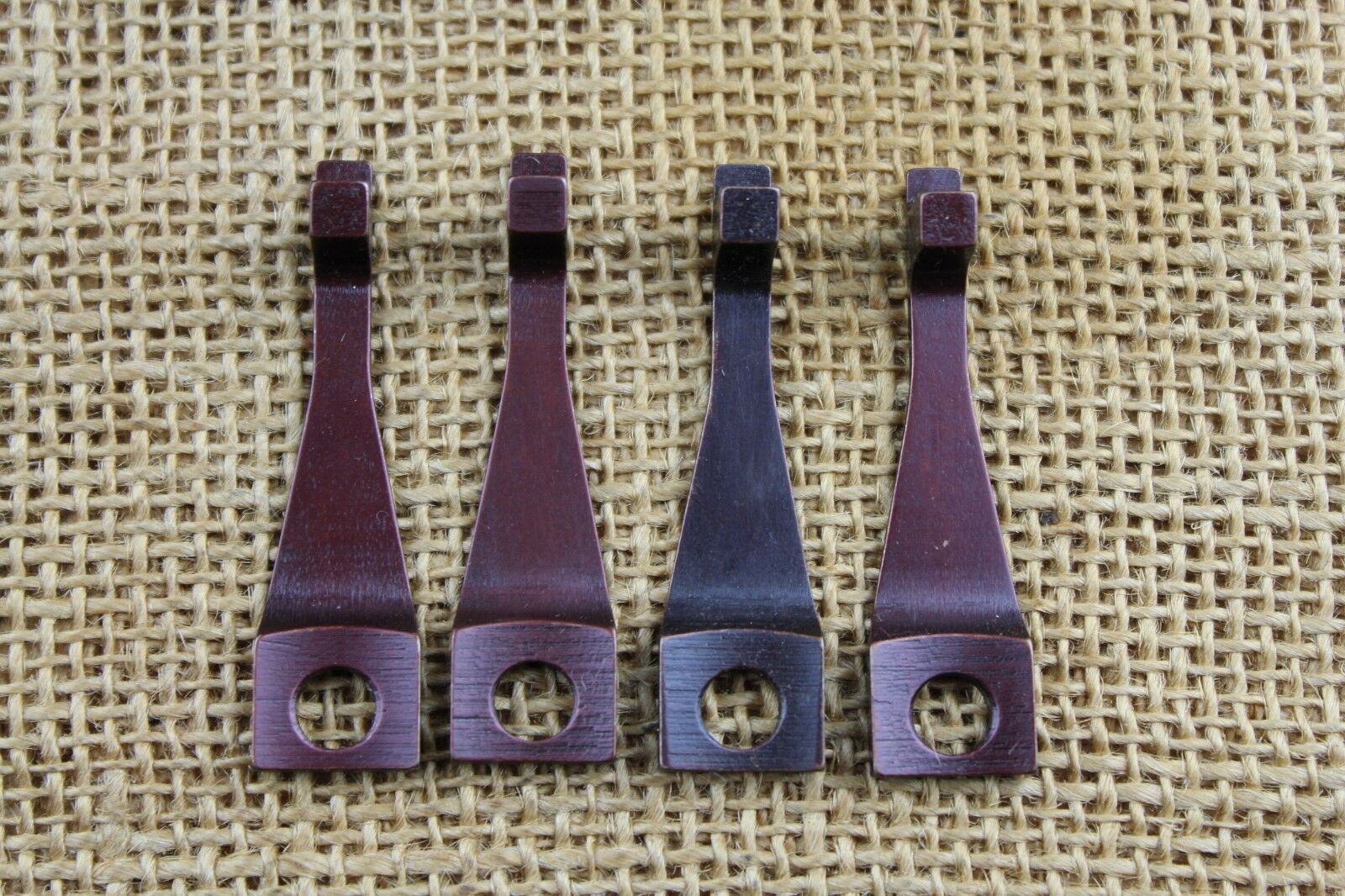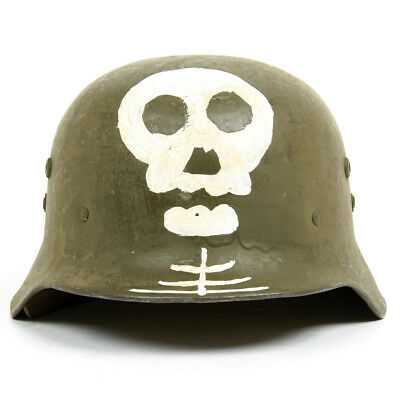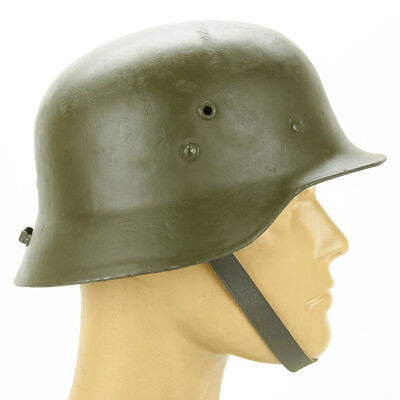-40%
WW2 FTP FRENCH RESISTANCE PARTY FLAG AND AMERICAN LIBERATION FLAG 1944 PARACHUTE
$ 567.6
- Description
- Size Guide
Description
The 2 flags are from FTP:The
Francs-Tireurs
et Partisans Français (FTPF), or commonly the Francs-Tireurs et Partisans (FTP), was an armed resistance organization created by leaders of the French Communist Party during World War II (1939–45). The communist party was neutral at first, following the Soviet Union's official view that the war was a struggle between imperialists, but changed to a policy of armed resistance against the German occupation of France after Germany invaded the Soviet Union in June 1941. Three groups were formed, consisting of party members, young communists and foreign workers. Early in 1942 they were merged to form the FTP, which undertook sabotage and assassinations of the occupation. The FTP became the best organized and most effective of the French Resistance groups. In March 1944, before the Allied forces returned to Normandy, the FTP was theoretically merged with the other Resistance groups. In practice, it retained its independence until the end of the war. (WIKI). The communist flag is a party flag and the American is a liberation flag.
These were made by the "marquisards" in the villages of Moulismes and Montmorillon.
The Maquis were
rural guerrilla bands of French Resistance fighters, called
maquisards, during the Nazi occupation of France in World War II. Initially, they were composed of young, mostly working-class, men who had escaped into the mountains and woods to avoid conscription into Vichy France's Service du travail obligatoire ("Compulsory Work Service" or STO) to provide forced labor for Germany. To avert capture and deportation to Germany, they became increasingly organized into active resistance groups. (WIKI).
I bought these from the grandson of one of the members of this communist resistance group in this area. His grandfathers name was Louis Hebras , his grandfather said he made them from parachute material, that they had from the allies who had dropped supplies to these fighters. I can see on the white stripes stitching holes that are probably from parachute material, on the American flag. The Communist flag, I am not so sure, no visible stitch holes in the material that I can see, but both flags are single applique construction and very lightweight. The communist flag could be parachute material, but I am not sure.
These groups hooked up with American fighters in Normandy area.
Francs-Tireurs et Partisans
Jump to navigation
Jump to search
This article is about the 1939 armed movement. For the movement founded in Lyon in 1940, see
Franc-Tireur (movement)
. For other uses, see
Franc-Tireur (disambiguation)
.
Francs-Tireurs et Partisans
Francs-Tireurs et Partisans Français
Paratroopers and FTP members during the
Battle of Normandy
, summer 1944
Leaders
Charles Tillon
Jules Dumont
Georges Vallet
Albert Ouzoulias
Eugène Hénaff
René Camphin
Dates of operation
October 1941 - February 1, 1944
Group(s)
FTP-MOI
National Front
Ideology
Communism
Anti-fascism
Political position
Far-left
Part of
French Communist Party
Allies
Soviet Union
Free France
United Kingdom
United States
Opponents
Nazi Germany
Vichy France
Italy
Battles and wars
French Resistance
Normandy Campaign
The
Francs-Tireurs et Partisans Français
[a]
(FTPF), or commonly the
Francs-Tireurs et Partisans
(FTP), was an armed resistance organization created by leaders of the
French Communist Party
during
World War II
(1939–45). The communist party was neutral at first, following the
Soviet Union
's official view that the war was a struggle between imperialists, but changed to a policy of armed resistance against the German occupation of France after Germany
invaded the Soviet Union
in June 1941.
[1]
Three groups were formed, consisting of party members, young communists and foreign workers. Early in 1942 they were merged to form the FTP, which undertook sabotage and assassinations of the occupation. The FTP became the best organized and most effective of the
French Resistance
groups. In March 1944, before the
Allied forces
returned to Normandy, the FTP was theoretically merged with the other Resistance groups. In practice, it retained its independence until the end of the war.
Contents
1
Background
2
Formation
3
Organization
4
History
5
See also
6
Notes
7
Sources
Germany attacked the Soviet Union on 22 June 1941 in
Operation Barbarossa
. With this, the policy of the
French Communist Party
(
Parti communiste français
, PCF) policy switched to support for armed struggle against the German occupiers.
[2]
The
National Front
(
Front national de l'indépendance de la France
) was created as a
French Resistance
movement in the northern area in June 1941.
[3]
The
Front national
was theoretically independent of the PCF, but in reality it was dominated by the PCF.
[2]
At first the objectives were mainly political, taking advantage of the unstable situation under the occupying German army.
[3]
Charles Tillon
was put in charge of military matters.
[2]
On 2 August 1941
Albert Ouzoulias
was put in charge of the
Bataillons de la Jeunesse
, fighting groups that were being created by the
Jeunesses Communistes
.
[4]
Soon after,
Arthur Dallidet
introduced him to
Eugène Hénaff
, who was responsible for the armed struggle under the direction of Tillon.
[5]
In October 1941 the PCF decided to unify its armed groups into the
Organisation spéciale
.
[5]
Hénaff joined the leadership of the PCF's
Organisation Spéciale
, where he was responsible for coordinating between the various armed units. He was a member of the
Comité militaire national
, which became the
Francs-tireurs et partisans français
(FTPF).
[6]
FTP fighters at the camp of
Roche-Saint-Secret-Béconne
in May 1943
Rather than limit armed action to Communists, it was decided to create a non-Communist organization, the
Francs-Tireurs et Partisans
(FTP), under the
Front national
.
[7]
[
failed verification
]
The FTP was open to non-communists but operated under communist control.
[8]
The FTP movement was seen as a way to increase the political influence of the Communist Party in the future government of France.
[9]
A special issue of
L'Humanité
in February 1942 confirmed the existence of "partisans et de francs-tireurs" (partisans and free-shooters) to whom patriots should give aid and assistance. Another special issue in March 1942 urged people to form such groups to conduct guerrilla war and help the population defend itself against the "
boches
".
[10]
The FTP was created in April 1942, led by Charles Tillon.
[7]
On 3 April 1942
L'Humanité
used the expression "
Francs-Tireurs et Partisans
" for the first time, and in following weeks reported acts of sabotage of war production and attacks against German soldiers and
French collaborators
. The paper began using the initials FTP in July 1942.
[10]
The FTP's mandate was to sabotage railways and factories, punish collaborators and assassinate German soldiers.
[11]
A captured Resistance fighter in 1944. The German caption says "This communist leader is on the wanted list ... his papers prove his affiliation with terrorist groups."
The FTP unified three Communist organizations, the
Bataillons de la Jeunesse
, the
Organisation Spéciale
and the
Main-d'œuvre immigrée
(MOI).
[7]
The FTP national committee was headed by
Charles Tillon
, commander in chief.
[10]
Eugène Hénaff
was political commissioner of the force until May 1943, when he was replaced by
René Camphin
[
fr
]
.
Albert Ouzoulias
was in charge of operations, and Georges Beyer was responsible for armaments and recruitment.
[12]
Marcel Prenant
[
fr
]
, a captain of the reserve, was Chief of Staff. He wrote some of the manuals on tactics and armament, but his main role was to act as liaison between the FTP and the
Gaullist
resistance groups.
[12]
The inter-regional and departmental military committees reported to the central organization in groups of three, a basic principle in the communist Resistance. In the field, each group would consist of two groups of three or four men under a commander and his assistant.
[12]
For as long as possible they would continue to work in their normal occupations, only coming together to undertake an operation and then if possible returning to their normal daily life.
[12]
Ouzoulias was a proponent of quick strikes against carefully studied targets by small groups of fighters, who would then rapidly withdraw. He also drew up guidelines for urban warfare in which FTP units could attack greatly superior German forces and be protected while they withdrew.
[5]
Tillon called this a strategy of "drops of mercury", through which the group could use surprise and mobility to achieve transient superiority before disappearing.
[12]
The
FTP-MOI
(
Francs-tireurs et partisans – main-d'œuvre immigrée
) was created in the spring of 1942 with four detachments made up of communists of "immigrant" origin. Most of its fighters were Jews from France, Hungary, Romania or elsewhere in Europe. Some were former volunteers in the
International Brigades
of the
Spanish Civil War
(1936–39). Leaflets and publications were issued in Yiddish.
[13]
Although integrated with the FTP, the FTP-MOI groups retained their autonomy, which caused problems at times.
[10]
The FTP-MOI were aroused to violent reprisals against the Germans by the
Vel' d'Hiv Roundup
in July 1942 in which Jews in Paris and other parts of France were arrested, detained and then deported to be killed in the
Auschwitz concentration camp
.
[13]
The violence of the FTP-MOI in their struggle for survival did not always coincide with the interests of the French people. They received little recognition in France after the war.
[14]
The FTP-MOI were the target of the notorious
Affiche Rouge
poster campaign, which emphasised the composition of the group's membership in an attempt to discredit the Resistance as not "French" enough. The campaign seems to have had the effect of highlighting their feats to the general public as freedom fighters.
French
résistants
firing in a skirmish during the battle for Paris
The military strength of the communists was still relatively feeble at the end of 1941, but the rapid growth of the FTP ensured that French communists regained their reputation as an effective anti-fascist force.
[15]
Arthur Dallidet
was placed in charge of security.
[11]
Dallidet was recognized talking to a woman in a cafe beside the
Reuilly metro station
on the evening on 28 February 1942. He was arrested, taken to
La Santé Prison
, chained, handcuffed and severely beaten. He did not reveal any information, but had been carrying a long list of names and addresses. This led to other arrests including "Betty" (
Madeleine Passot
), his most important liaison officer. Further names and addresses were found in Betty's apartment.
[16]
Gradually the FTP developed a more military organization, with sections, companies and battalions, each containing three lower-level groups. There were often gaps in this paper organization.
[12]
The FTP complained that the British and Gaullists were deliberately depriving them of arms, although more likely the problem was that they did not have the necessary contacts to arrange delivery.
[17]
In November 1943
Joseph Epstein
, the FTP Chief of Staff, was arrested and subjected to extreme torture, but revealed nothing.
[5]
[b]
This was followed by a major police operation that largely destroyed the FTP's Paris organization.
[5]
From the end of 1943 the national organization began to intensify preparation for a national uprising to support the expected Allied landings in Europe.
[5]
By 1944, the FTP had an estimated strength of 100,000 men.
[19]
In March 1944 General
Charles de Gaulle
placed all the
French Forces of the Interior
(
Forces françaises de l'intérieur
, FFI). under the authority of General
Marie-Pierre Kœnig
, but the FTP retained its de facto independence. During the Allied
Normandy Campaign
the FTP conducted delaying actions in the center and southwest of France against the German troops who had been recalled to the battle zone.
[3]
From June to August 1944 Ouzoulias coordinated the FTP's military action in the Paris region.
[7]
Ouzoulias and Colonel
Henri Rol-Tanguy
, who led the
Île-de-France
Resistance movement, planned a major rising in Paris which played a vital role during the August 1944
Liberation of Paris
.
[4]
On 28 August 1944 de Gaulle put Ouzoulias in charge of the FTP and the FFI.
[7]
In the autumn of 1944 Ouzoulias was charged by de Gaulle with integrating the FTP members with the regular French army.
[7]
In October 1944 the communist militias were dissolved and the FTP was integrated into
General de Lattre
's army.
These flags are single applique on the American and the Communist flag. The 48 stars is a rare trait as is the Hammer and sickle. The American flag measures Hoist 33.5" x Fly 48.75". The Communist flag measures 30.5" hoist x Fly 49.25". The white stripes I have found some stitch hole from what looks to be parachute material stitching (see photos closely). These 2 flags I would like to keep together, since they are from the same liberation source.
THANKS TO THE GREATEST GENERATION OF AMERICA AND EUROPE. WITHOUT THEIR SACRIFICES WE WOULD NOT HAVE THE FREEDOMS WE HAVE TODAY!!
